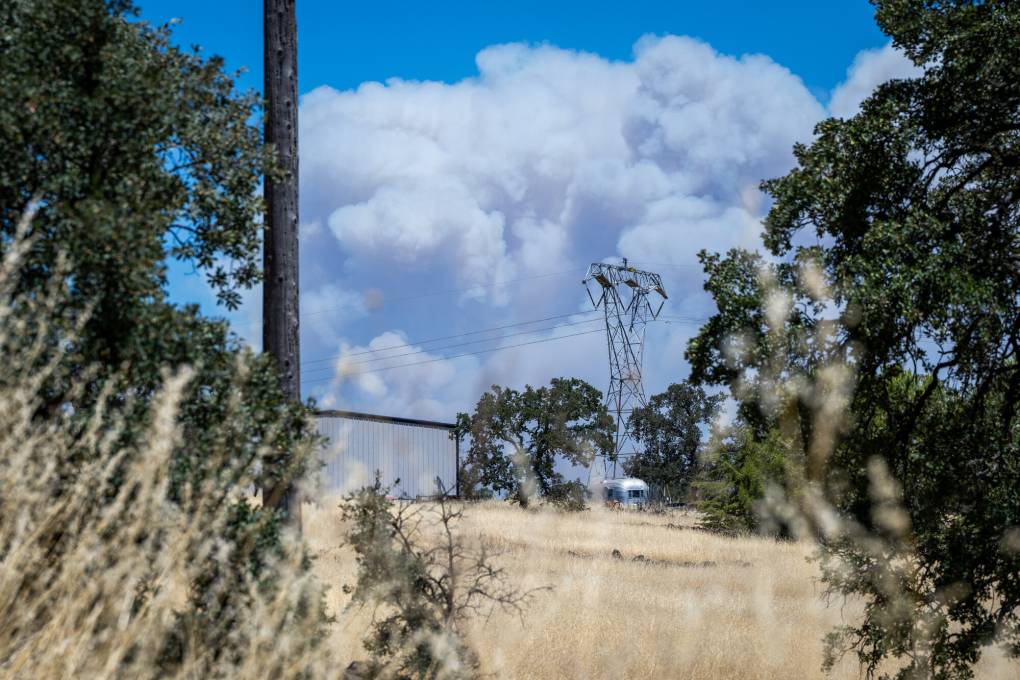Updated 12:55 p.m. Thursday
Electricity costs will get even higher for many Bay Area residents after California regulators approved the latest in a series of PG&E rate hikes at a voting meeting on Thursday.
The utility seeks to recover $943.9 million in costs related to wildfire mitigation and damages from power outages during severe storms in recent years. It asked state regulators to approve a temporary rate increase of $5.16 per month for its average customer.
It’s the third such “interim rate relief” request from PG&E within a year, according to California Public Utility Commission documents. In July 2023, regulators allowed PG&E to raise rates temporarily by an average of $10.30 and then again by around $5 a month the following March.


